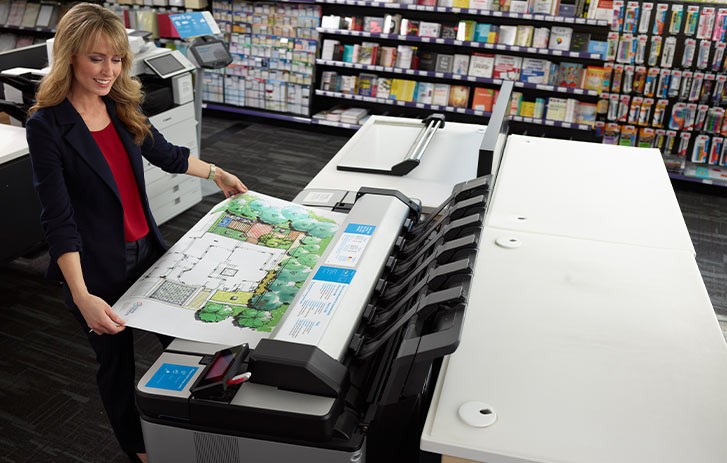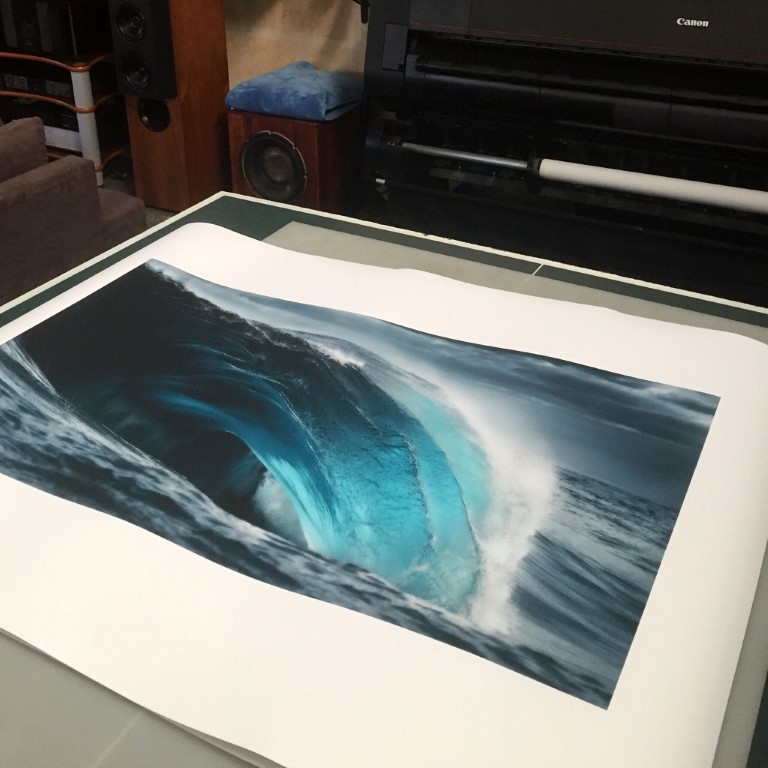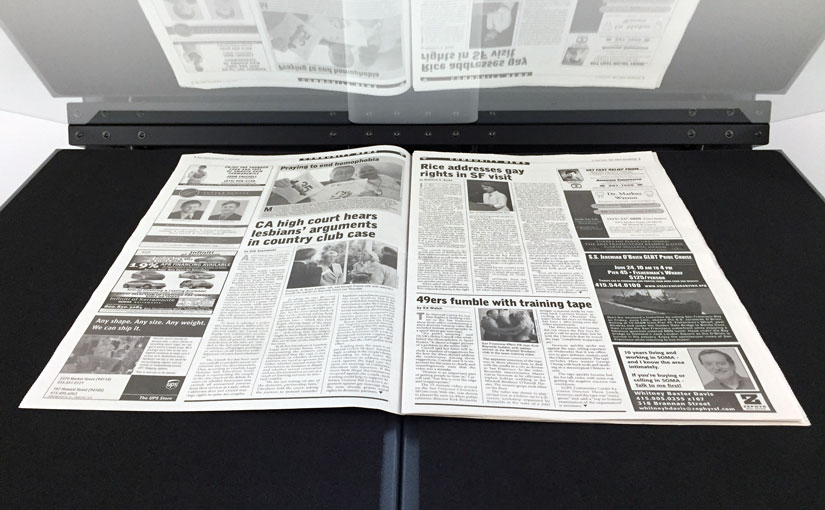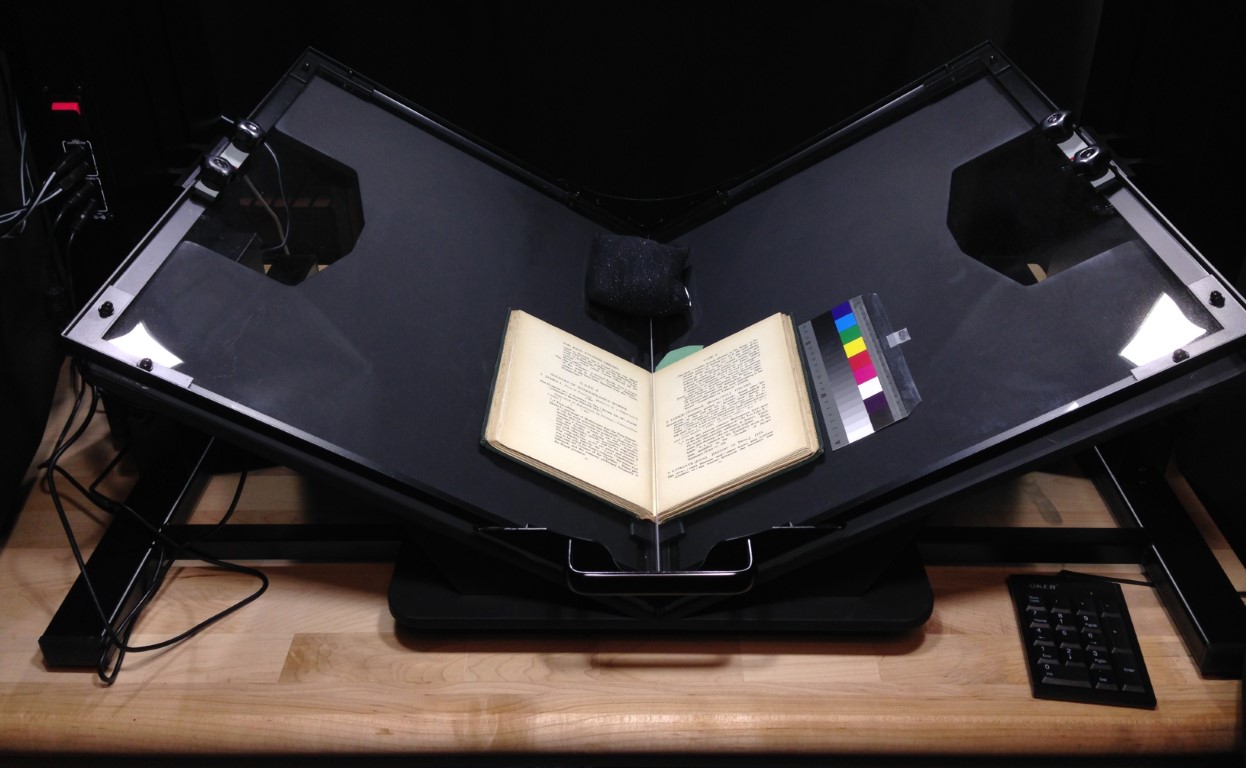Welcome to our comprehensive document scanning services, where we offer a seamless solution to digitize your paper documents efficiently and securely. In today’s fast-paced digital world, accessing, managing, and sharing documents electronically is essential for businesses and individuals. Our professional scanning services provide a cost-effective way to convert paper-based records into digital format, unlocking numerous benefits such as improved accessibility, enhanced collaboration, and space-saving storage solutions.



Standard document scanning
Our document scanning services offer the convenience of scanning at our location or opting for on-site scanning. Whether you prefer the efficiency of having your documents scanned at our facilities or require the flexibility of on-site scanning, we accommodate your needs to ensure a seamless experience. Our expertise and state-of-the-art equipment guarantee high-quality results regardless of location, providing you with the convenience and flexibility you deserve in managing your documents effectively.

Large format scanning is a specialized process designed to digitize oversized documents, drawings, maps, or other large-scale materials that cannot be accommodated by traditional scanning equipment. This technology allows for the preservation and accessibility of valuable historical, architectural, and engineering documents, among others. Typically conducted using advanced scanners equipped with high-resolution sensors, large format scanning ensures exceptional detail and accuracy in capturing every element of the original document. Whether it’s architectural blueprints, topographic maps, or artistic renderings, large format scanning enables the conversion of analog content into digital formats, facilitating easier storage, sharing, and analysis while helping to safeguard these invaluable materials for future generations.

Before scanning, carefully assess the condition of the oversized document, remove any creases or folds, and ensure it’s clean and flat to achieve optimal results during the scanning process.

Configure the large format scanner settings according to the specifications of the document, adjusting parameters such as resolution, color mode, and file format to achieve the desired level of detail and accuracy.

Begin the scanning process, ensuring consistent speed and alignment to capture the entire document accurately, then conduct a thorough quality check to verify that the digital copy faithfully represents the original, making any necessary adjustments before finalizing the digitization process.

Scanning artwork is a meticulous process essential for preserving and reproducing visual creativity’s intricate details and nuances. Whether it’s paintings, drawings, or mixed media pieces, scanning allows artists, galleries, and museums to create high-quality digital replicas for archival purposes, exhibition catalogs, or commercial reproduction. The artwork is meticulously captured using specialized scanners equipped with high-resolution sensors, ensuring faithful representation of colors, textures, and fine lines. Careful calibration and adjustment of scanning settings such as resolution and color depth are crucial to capture the essence of the original piece accurately. Additionally, post-scanning editing may be necessary to fine-tune colors or remove any imperfections introduced during the scanning process. Ultimately, scanning artwork not only preserves the physical integrity of the original but also extends its reach and accessibility to a broader audience in the digital realm.




Newspaper scanning is pivotal in preserving historical records and facilitating digital access to invaluable journalistic content. This method involves converting physical newspaper pages into digital formats, ensuring longevity and accessibility in the digital age. By utilizing advanced scanning equipment and techniques, newspapers, archives, and libraries can efficiently digitize vast collections of newspapers spanning decades or even centuries. During scanning, meticulous attention is given to accurately capturing the text, images, and layout of each page. Additionally, metadata such as publication date, headline, and article titles are often recorded to facilitate efficient cataloging and retrieval. The digitized newspapers can then be stored in digital archives, allowing researchers, historians, and the general public to easily explore and engage with historical news content. Through newspaper scanning, the rich tapestry of human history, as chronicled in print media, is preserved and made accessible for generations to come.




Book scanning is a vital process that facilitates the preservation and dissemination of knowledge contained within printed books. Through specialized scanning equipment and software, physical books are transformed into digital formats, ensuring their longevity and accessibility in the digital age. Each page is carefully captured during the scanning process, considering factors such as page size, text clarity, and image resolution. Advanced scanners can handle delicate pages without causing damage, producing high-quality digital replicas that faithfully represent the original text and illustrations. Post-scanning, optical character recognition (OCR) technology may be employed to convert the scanned images into searchable and editable text, enhancing the usability of the digitized books. The resulting digital copies can then be stored in digital libraries or archives, making them readily available to a global audience for research, education, and enjoyment while preserving the invaluable content of the original books for future generations.


